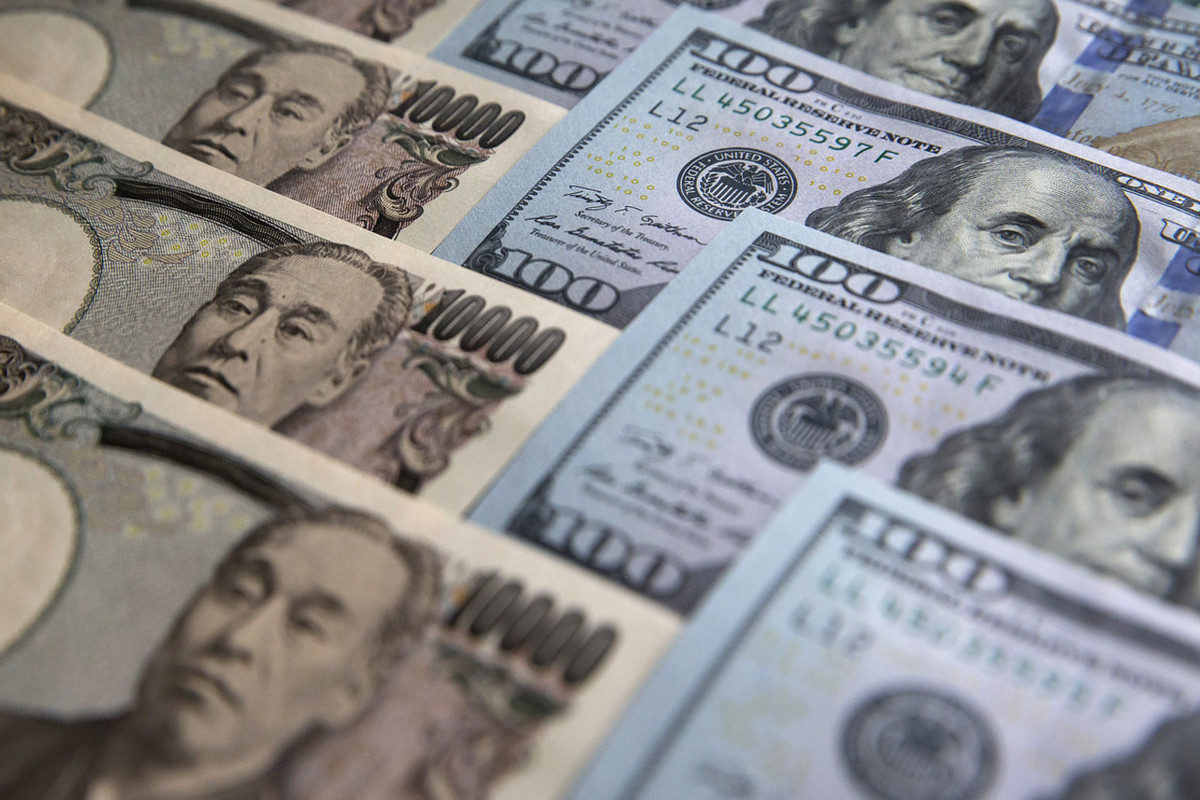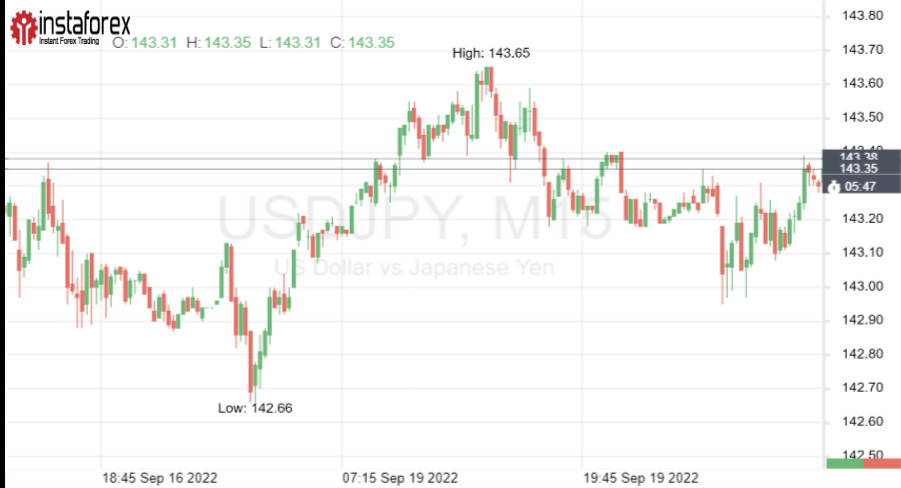
This week, traders' nerves are stretched to the limit. Everyone is waiting for the Fed's verdict on interest rates and the next jump in the dollar. According to forecasts, it will grow the most against the yen.
The divergence in the monetary policy of the US Federal Reserve and the Bank of Japan was the main reason for the weakening of the yen this year.
Due to the large difference in interest rates, the JPY has fallen by more than 20% against the dollar since January. This is the strongest annual decline in the Japanese currency in the entire history of observations.

Nevertheless, many analysts believe that the yen has not yet reached the bottom. Since everything now points to a further increase in monetary divergence, new anti-records are predicted for the yen.
According to experts, the JPY may test another 24-year low against the dollar in the coming days. Two factors will contribute to the sharp fall of the yen.
Firstly, this is the fifth increase in interest rates in America this year. And secondly, the BOJ's confirmation of its depth of strategy.
The degree of nervousness is increased by the fact that the Fed and the BOJ will announce their decisions on interest rates with a difference of only a few hours.
In light of the latest US inflation data, which turned out to be worse than forecasts, the market expects the Fed to raise the indicator by 75 or 100 bps.
Such a hawkish scenario can provide a powerful momentum for the dollar and a strong tailwind for the USD/JPY pair. And the speech of the head of the BOJ will disperse the asset even more.
Goldman Sachs analysts are confident that this week BOJ Governor Haruhiko Kuroda will again leave all the parameters of the monetary policy unchanged: yield curve control, asset purchase program and interest rate recommendations.
According to experts, the BOJ is unlikely to get off its dovish route, even despite signs of increased price pressure.
Statistics on inflation in Japan for August were released this morning. As the report showed, the core consumer price index exceeded the growth forecast on an annualized basis and reached 2.8%.
Thus, inflation in the country exceeded the BOJ's target, which is at the level of 2%, for the past five consecutive months.
This significantly increases concerns that the price pressure may last much longer than the BOJ expects. But it is not worth speculating about the possible capitulation of the BOJ yet.
The news about the acceleration of inflation on the eve of the next meeting of the Japanese central bank really puts Kuroda in a difficult position.
He will have to try hard to give a logical explanation for the need to continue monetary incentives when price growth has significantly overtaken the 2% target.
However, it is unlikely that the current inflation, which remains relatively low compared to other countries, will force the head of the BOJ to change shoes abruptly.
Earlier, Kuroda has repeatedly stated that the central bank will keep interest rates at extremely low levels until solid wage growth makes inflation more stable.
The firm determination of Japanese politicians to adhere to the dovish strategy is also evidenced by today's decision of the government.
On Tuesday, Japan's finance ministry said it would spend 3.48 trillion yen ($24 billion) from budget reserves to cope with the continued price increases.
The decision was made at a meeting of the cabinet of Prime Minister Fumio Kishida, whose approval rating has recently dropped significantly.
In order to regain the favor of the Japanese suffering from the rising cost of living, the official is ready to provide a new package of financial assistance, i.e. to eliminate the symptom, not the cause of the disease.
As you can see, Japan is not going to deploy an anti-inflationary company yet, as other countries do. However, the status of an outsider does not bode well for its national currency.
The US Fed is not the only one who is going to raise interest rates this week, but also the Bank of England and the Swiss National Bank. This will further aggravate the situation of the yen, analysts believe.
But the main beneficiary of the isolated BOJ position will still be the USD/JPY pair. According to forecasts, it will break through the key threshold of 145 if the Fed's actions turn out to be even more hawkish this time.
 English
English 
 Русский
Русский Bahasa Indonesia
Bahasa Indonesia Bahasa Malay
Bahasa Malay ไทย
ไทย Español
Español Deutsch
Deutsch Български
Български Français
Français Tiếng Việt
Tiếng Việt 中文
中文 বাংলা
বাংলা हिन्दी
हिन्दी Čeština
Čeština Українська
Українська Română
Română

